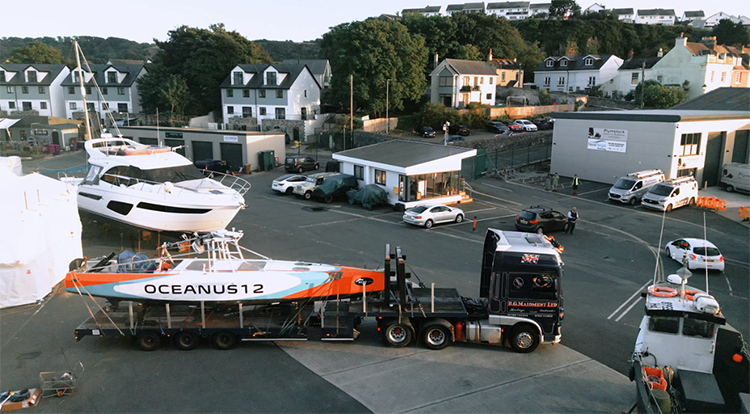Arianespace to launch CNES Microcarb on Vega C to map sources and sinks of CO2
- Satellite Evolution

- Jan 18, 2022
- 2 min read

Arianespace has been awarded a launch contract by ESA, on behalf of the European Commission, to launch Microcarb in 2023 on Vega C. Microcarb is a 190kg satellite developed by CNES that will be delivered into a sun-synchronous orbit, 650km above the Earth.
“We are very proud of this new launch contract, which underlines the capacity of Arianespace to design the most competitive launch solutions, here with Vega C, to address the needs of European institutions,” Stéphane Israël, CEO of Arianespace, declared. “We are particularly thrilled to make this iconic project a reality, which is a great example of cooperation between ESA, the European Commission and CNES, with the support of the industry, to better understand the impact of human activity on climate change.”
Microcarb is a small satellite designed to map sources and sinks of carbon dioxide (CO2)—the most important greenhouse gas — on a global scale. To better understand the impact of CO2 produced by human activity and how this greenhouse gas is released and absorbed, NASA launched the OCO-2 satellite in 2014. In 2023, CNES will take over this role with the launch of Microcarb. Its dispersive spectrometer instrument will be able to measure atmospheric concentration of CO2 globally with a high degree of precision (on the order of 1ppm) and with a pixel size of 4.5km x 9km.
The instrument will be flown on a microsatellite built around CNES’s Myriade spacecraft bus with a payload designed and produced by Airbus Defence and Space. This mission involves the French scientific community studying climatology and the carbon cycle. The Microcarb mission includes funding from French Investments for the Future Programmes, as well as from the European Union framework programme for Research and Innovation, Horizon 2020.



Comments